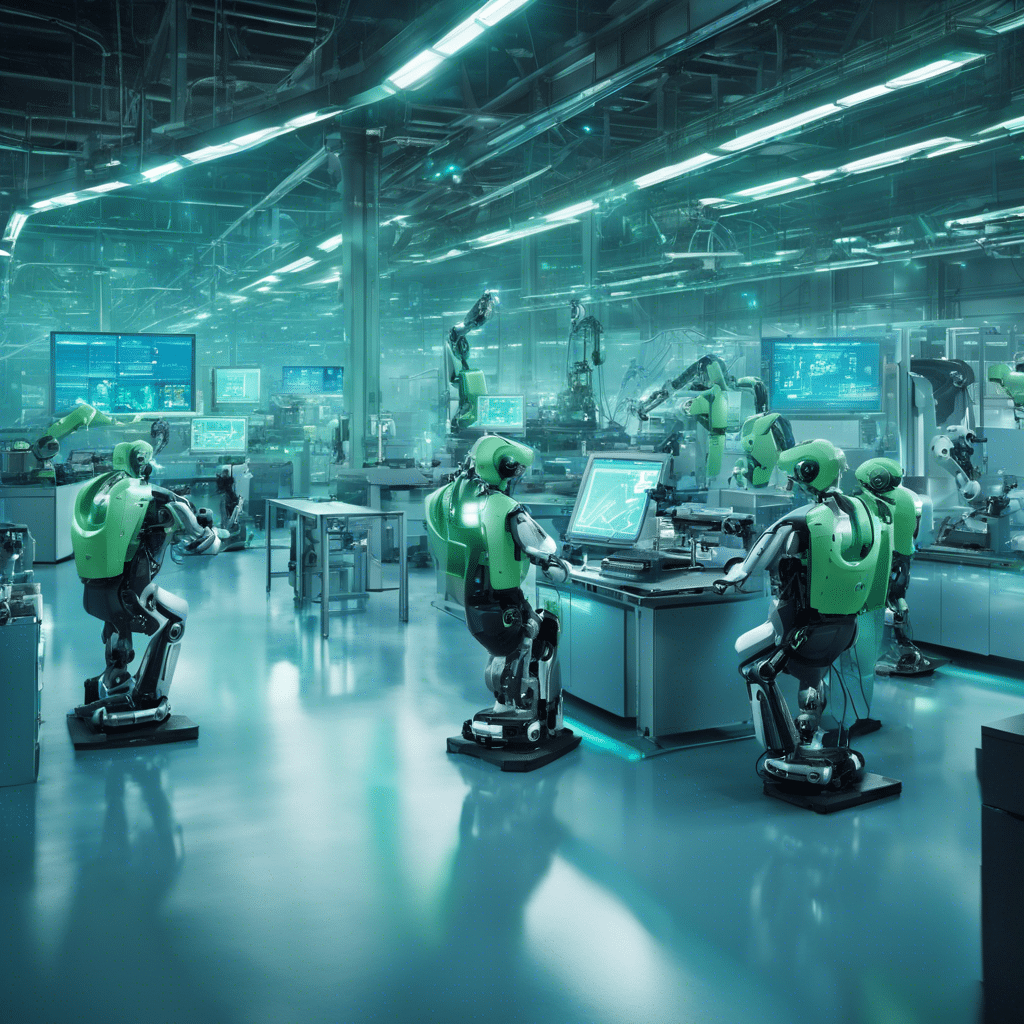AI-Driven Injection Molding: How Machine Learning is Cutting Defect Rates by 2025
The injection molding industry, a base of global manufacturing, faces a high price crisis: every year,we face over $20 billion lost for defective parts. Warped components, short shots, and sink marks plague production lines, undermining efficiency and profitability. Yet by 2025, machine learning (ML) is expected to reduce these losses by 40%, revolutionizing a century-old process into a beacon of precision. This article aims to tell how AI-driven systems are changing plastics manufacturing, offering real-time defect detection, predictive maintenance, and self-optimizing processes that promise to redefine industry standards.
1. The Injection Molding Quality Crisis: A Systemic Challenge
Why Traditional Methods Fail in a Modern World
Injection molding produces over 5 trillion parts annually, which includes critical sectors like healthcare, automotive, and consumer electronics. Despite its ubiquity, 8–12% of parts fail quality checks, leading to staggering financial and operational repercussions. The root causes are multifaceted:
- Material Inconsistencies: Polymers are notoriously sensitive to environmental fluctuations. A 10% humidity increase can alter resin viscosity by up to 15%, causing flow imbalances that result in sink marks or voids. For example, a medical syringe manufacturer in Germany faced a 20% scrap rate due to seasonal temperature shifts affecting polypropylene crystallization.
- Machine Wear: Gradual degradation of screw barrels and molds introduces variability. A worn screw barrel can reduce melting efficiency by 30%, leading to incomplete fills. A 2023 study by the Society of Plastics Engineers found that 45% of defects in automotive parts traced back to undetected machine wear.
- Human Error: Manual inspections miss 30% of micro-defects, such as hairline cracks or micro-voids, according to the National Institute of Standards and Technology (NIST). In aerospace, a single undetected flaw in a polymer fuel line connector can lead to catastrophic failures, prompting recalls costing upwards of $50 million.
Traditional solutions—reactive adjustments and post-production inspections—are akin to applying band-aids to a broken system. The industry urgently needs a paradigm shift.
2. How AI is Transforming Injection Molding: A Three-Pronged Revolution
A. Predictive Maintenance: Stopping Failures Before They Start
Machine learning algorithms ingest terabytes of data from IoT sensors—clamping force, melt temperature, cycle times—to predict equipment failures with 72-hour advance warnings (McKinsey, 2023). For instance, a European auto parts supplier using Siemens’ ML tools detected a 0.5% drift in clamping force, preventing a 15-ton press from producing 10,000 defective dashboards. Key innovations include:
- Anomaly Detection: Unsupervised learning models like autoencoders flag deviations in hydraulic pressure or screw position.
- Prescriptive Alerts: Systems not only predict failures but recommend actions, such as adjusting backpressure or scheduling downtime.
B. Real-Time Defect Detection: Vision Systems Outperform Humans
Computer vision, powered by NVIDIA GPUs and convolutional neural networks (CNNs), scans parts at 2,000 frames per second with 99.98% accuracy. BMW’s pilot in Leipzig reduced scrap rates by 34% by integrating vision AI into its bumper production line. The system identifies defects as subtle as 0.1mm sink marks, which human inspectors often miss under factory lighting.
C. Material Science Breakthroughs: Accelerating Innovation
BASF’s AI platform simulates polymer behavior under 10,000+ parameter combinations—temperature, shear rate, filler content—reducing material qualification from months to days. For a biodegradable packaging project, ML models predicted optimal starch-polymer blends, cutting trial runs from 50 to 5.
3. Case Studies: AI’s Proven Impact on the Factory Floor
- Engel’s iQ Weight Control: Toyota’s Alabama plant integrated this ML system to dynamically adjust shot size based on real-time resin density fluctuations. By correlating pressure sensors with historical scrap data, the system reduced cycle times by 15% and energy use by 9%, saving $1.2 million annually.
- Arburg’s APC Plus: A Medtronic facility in Ireland used APC Plus to stabilize melt viscosity during catheter production. The AI adjusted barrel temperatures and screw speed, reducing scrap by 27% and ensuring compliance with FDA tolerances.
- Plastometrex’s ML Platform: By analyzing micro-indentation patterns, the platform predicts tensile strength and fatigue resistance, slashing material testing from weeks to hours for a Boeing supplier.
4. The 2025 Outlook: AI’s Next Frontier
Closed-Loop AI and Digital Twins
Siemens’ NX AM leverages digital twins to simulate production outcomes. For example, a digital twin of a mold cooling system can auto-adjust coolant flow rates in response to real-time thermal data, eliminating warpage.
Generative Mold Design
Autodesk’s Fusion 360 uses generative AI to create molds with internal conformal cooling channels, reducing stress points by 50%. A Swiss watch manufacturer used this to cut mold trial phases from 12 to 3 iterations.
Self-Optimizing Factories
ABB’s YuMi collaborative robots sync with ML platforms to recalibrate entire lines during shift changes. In a pilot with Whirlpool, robots adjusted ejector pin timing and conveyor speeds, boosting throughput by 22%.
5. Implementation Challenges: Bridging the AI-Manufacturing Divide
Barriers
- Data Silos: 68% of manufacturers lack centralized data systems (PwC, 2023). A Taiwanese electronics maker spent 18 months integrating legacy PLCs with cloud-based AI.
- Skill Gaps: MIT’s 2023 survey found only 12% of operators could interpret ML dashboards. SMEs in Mexico resorted to hiring data scientists at 3x local wages.
- ROI Concerns: A Midwest injection molder feared a 24-month payback period but achieved breakeven in 10 months using Google’s Visual Inspection AI.
Solutions
- Low-Code Platforms: Rockwell Automation’s FactoryTalk offers drag-and-drop ML models for predictive maintenance.
- Upskilling: AWS’s “Industrial AI for Plant Managers” certifies staff in six weeks via hands-on labs.
6. Preparing for the AI Era: A Strategic Roadmap
- Audit Infrastructure: Map sensor coverage—e.g., infrared thermography for hot runner systems.
- Launch Pilots: Test defect detection AI on high-risk parts, like microfluidic chips.
- Forge Partnerships: SAP’s Digital Manufacturing Cloud integrates ERP and ML analytics.
- Upskill Teams: Coursera’s “AI for Manufacturing” covers anomaly detection and Python basics.
- Align with Sustainability: Track carbon footprints per part using Siemens’ Teamcenter.
Conclusion: The Cost of Inaction
Early adopters like Ford and Philips report 2.3Mannualsavingsperline,withROItimelinesshrinkingto8–14months.AsIndustry4.0accelerates,SiemensCEORolandBuschwarns,“AIisnolongeroptional—it’sthepriceofsurvival.”CompanieshesitatingriskobsolescenceastheAI−in−manufacturingmarketsurgesto2.3Mannualsavingsperline,withROItimelinesshrinkingto8–14months.AsIndustry4.0accelerates,SiemensCEORolandBuschwarns,“AIisnolongeroptional—it’sthepriceofsurvival.”CompanieshesitatingriskobsolescenceastheAI−in−manufacturingmarketsurgesto8.4B by 2025 (MarketsandMarkets).
